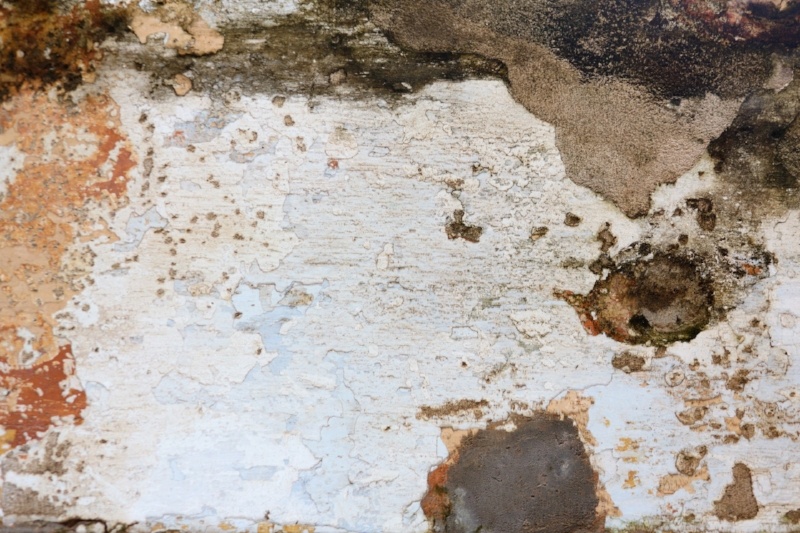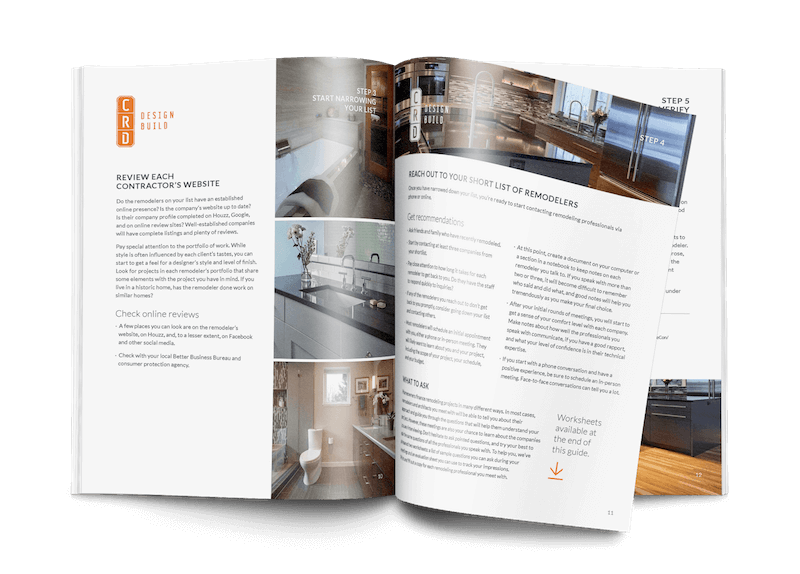
In Seattle, our damp weather can turn our homes into veritable petri dishes for mold. In this post, I will explain some common-sense precautions you can take to prevent this potentially toxic organism from proliferating in your home and some possible solutions if you do find black spots on your walls.
What is mold exactly?
The first step in preventing and eradicating mold is to know what you're dealing with. Mold is not a plant. Rather, mold is a non-scientific term describing various fungi. Mold doesn't care for sunlight and can only reproduce in damp conditions.
Is mold dangerous?
Mold spores are everywhere around us, and mold provides many useful functions, like breaking down fallen leaves. Most mold doesn't pose a risk to healthy people, but the Washington Department of Health cautions:
People who have allergies or asthma may be more sensitive to molds. Sensitive people may experience skin rash, running nose, eye irritation, cough, nasal congestion, aggravation of asthma or difficulty breathing. People with an immune suppression or underlying lung disease, may be at increased risk for infections from molds. A small number of molds produce toxins called mycotoxins. When people are exposed to high levels of mold mycotoxins they may suffer toxic effects, including fatigue, nausea, headaches, and irritation to the lungs and eyes.
If you suspect you might be experiencing adverse health effects from mold, you should see your doctor.
See also: Mold 101: Effects on Human Health [Poison Control]
How do I know if I have a mold problem?
In most cases, you don't need to sample for mold because you can smell it and see it. If you see white or black spots on your walls, you know you have a mold issue. But even if you don't see it, it may still be lurking in your home. A musty smell indicates that you might have mold growing behind the walls or wallpaper, under your carpet, or on the back of ceiling tiles. Here are some common places mold grows in homes:
- Shower/tub area
- Under sinks
- Behind toilet and inside tank
- Anywhere plumbing or other leaks occur
- Refrigerator and pantry
- Microwave and stove
- Mattresses
- Windows and sills
- Air conditioners and vents
- Indoor plants
- Upholstered furniture
- Near water heater and furnace
- In attic insulation
- Basement walls, ceiling, and floor
- Washing machine
- Heating ducts
- Areas of water damage
How do I prevent mold in my home?
Because mold spores are everywhere, the only effective prevention is to eliminate the conditions in which mold thrives. That means tackling moisture problems before they start growing mold.
- Fix leaks: The first priority should be to stop unwanted water from entering your home. Practice preventative maintenance, and immediately fix leaks in your roof, windows, and plumbing.
- Foundation: Leaks don't only take the form of drips. Water can seep through cracks in your foundation and other porous surfaces. Ensure you have a dry basement by installing proper drainage (such as a perimeter or French drain system). Have your basement walls waterproofed.
- Ventilate: Kitchens, bathrooms, and laundry rooms can introduce a lot of moisture into your home. Make sure these spaces are properly ventilated with a working exhaust fan. Check the ducts to make sure they're not clogged and that they actually lead outside. Check your dryer duct to make sure it isn't leaking warm, moist air into your home. On newer homes, make sure you have an operational whole-house ventilation system.
- Dehumidify: Electric dehumidifiers and air conditioners are a good, inexpensive option for removing moisture from the air, and they work great in damp basements. Target a humidity level of 30% to 60%.
- Insulate: Proper insulation and air sealing can prevent cold air from circulating in your walls and condensing into water droplets when it meets the relatively warm, humid indoor air.
- Clean: Vacuum regularly to remove mold spores and wipe up any dampness or mold that you see on surfaces, like your window frames and appliances.
- Circulate: Make sure air can circulate throughout your home so temperatures remain even. Don't push furniture right up against the wall, and open windows when it is dry outside. Use fans if needed.
How do I get rid of mold?
If you do find mold in your home, don't panic. It's a common problem affecting more than 70% of homes nationwide. In many cases you can clean up the mold yourself. The EPA states that if the area affected is less than 10 square feet, you can probably handle the cleanup yourself. If your problem is bigger, you may want to consider enlisting the services of a mold remediation company that has the equipment and the expertise to effectively and safely remove and clean mold-damaged materials. Remediation generally follows these steps:
- Sealing off the area to protect the rest of your home.
- Opening up moldy walls.
- Bagging up moldy materials, like carpet and drywall, for disposal.
- Treating surfaces with an approved mold cleaner.
- Dry and seal surfaces with a special primer or sealer and repaint with mildew-resistant paint.
- Replace insulation, drywall, and trim.
See also: Mold Remediation: How to Remove Mold [Family Handyman]
How much does mold remediation cost?
Estimates vary widely, and actual cleanup costs depend on the size of the affected area, the level of contamination, the extent of the damage. However, Moldblogger estimates the cost to be anywhere from $500 for a small crawl space to $30,000 or more for a home that has been in a major flood. Fixr estimates the average to be $2,000 - $6,000.
See also: Mold Remediation Cost [fixr]
Resources
- The Facts and Myths of Mold [Seattle Magazine]
- Mold Resource Page [Washington State Department of Health]
- Mold Resource Page [Environmental Protection Agency]
- Mold 101: Effects on Human Health [Poison Control]
Starting a remodel
If you are planning to remodel your home, a good place to start is with a licensed contractor or designer. Our team here at CRD has decades of experience renovating older Seattle homes and will handle all the details to keep you and your family safe during and after the remodel. If you are interested in discussing your unique situation, please don't hesitate to get in touch.
Note: We make no claims or warranties as to the completeness or accuracy of the information on this page. We encourage you to confirm all information you read here with the appropriate regulatory agencies. Any action you take based on the information on this website is strictly at your own risk.
Guide to Hiring a Remodeler
This comprehensive guide walks you through all the steps of choosing who will design and build your project, vetting remodeling companies, and ensuring that you have the best experience.



